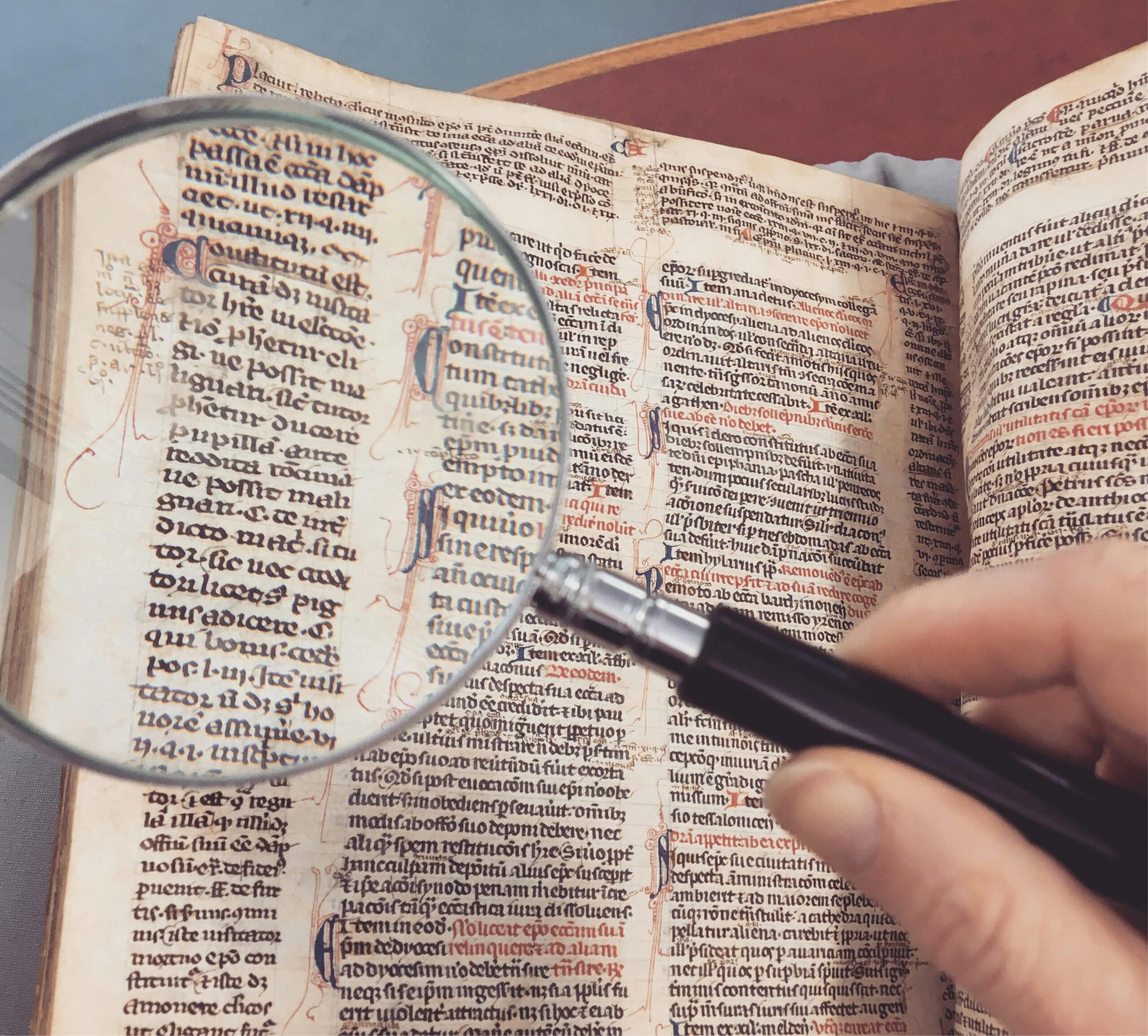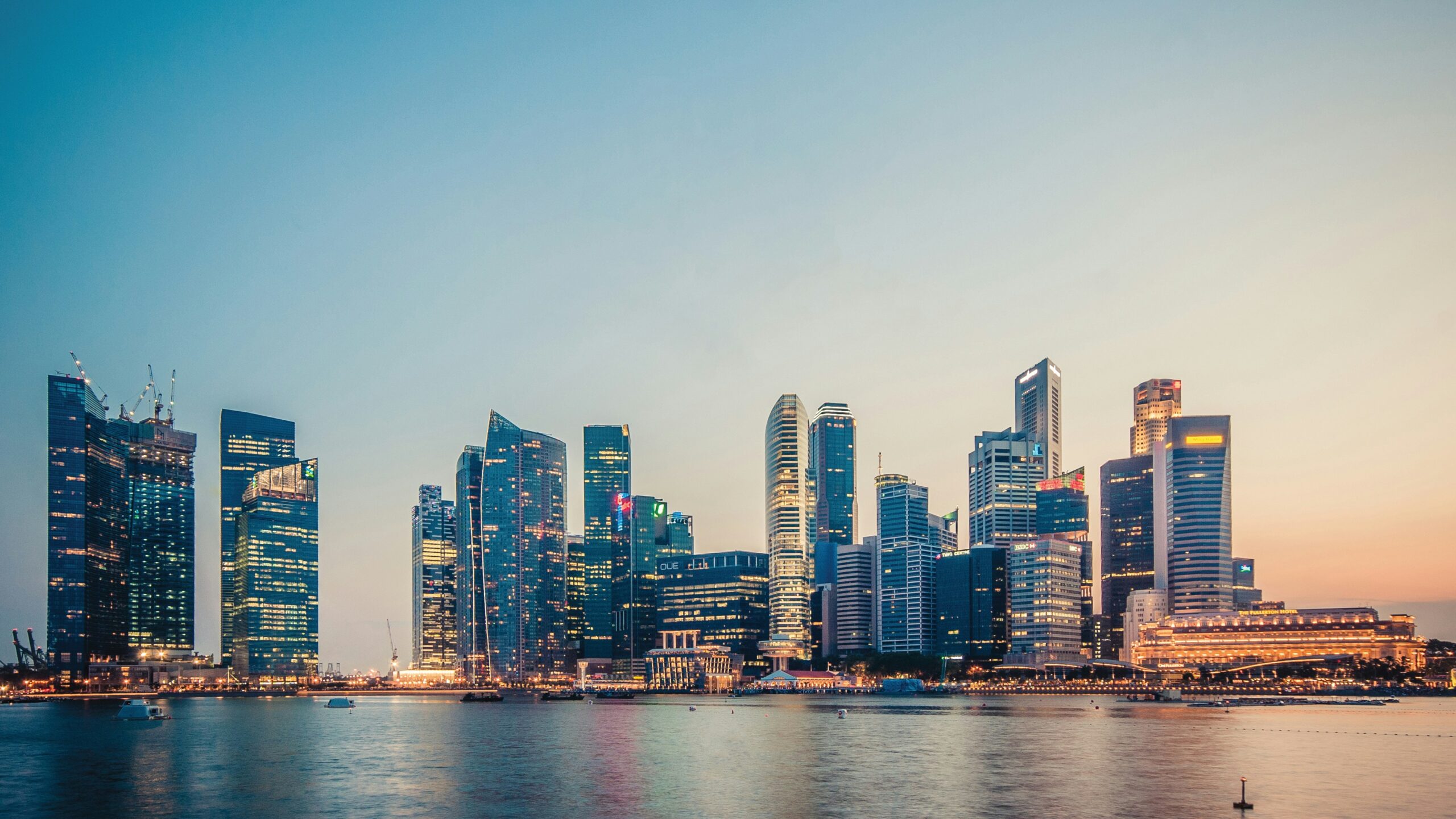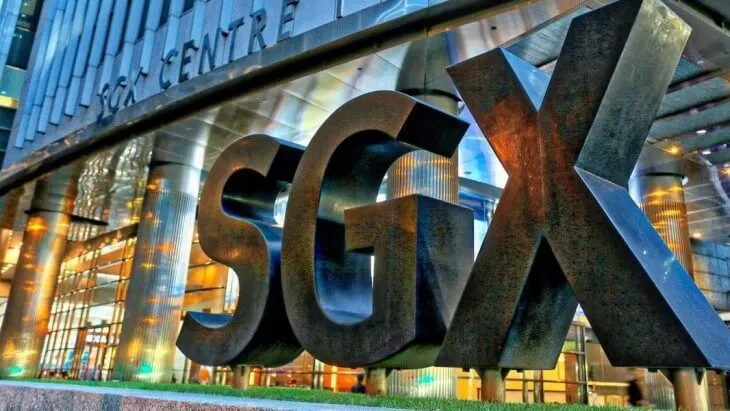“Invest in preparedness, not in prediction.” – Nassim Taleb
Regret is often a lesson learnt too late.
Evolution has equipped us with a wonderful learning ability. Painful consequences make us remember the lesson and we learn to manage dangers and risks as we go about our daily life.
But what happens when you never have a chance to learn from it?
No second chance
In life and in investing, survival is all that matters.
Unlike games, we do not have a second chance to try again if we are wiped out. When thinking about risk, it is important to differentiate between frequency and impact.
Most of the time, we focus on events that are most likely to happen. That’s frequency.
And ignore things that can kill us when it is new or it is rare. That’s impact with low frequency.
To get a sense of how bad we are at recognising infrequent, high impact risk, consider the following example shared by Morgan Housel, the famous financial writer:
“Thirty-seven thousand Americans died in car accidents in 1955, six times today’s rate adjusted for miles driven.
Ford began offering seat belts in every model that year. It was a $27 upgrade, equivalent to about $190 today. Research showed they reduced traffic fatalities by nearly 70%.
But only 2% of customers opted for the upgrade. Ninety-eight percent of buyers preferred to remain at the mercy of inertia.
Things eventually changed, but it took decades. Seatbelt usage was still under 15% in the early 1980s. It didn’t exceed 80% until the early 2000s – almost half a century after Ford offered them in all cars.”
Of course, now that seat belts are a standard, we could comfortably mock people in the past on how reckless their actions were.
But imagine how it must have felt like when seat belts were first introduced.
“I have been driving all my life and I am still here. It is not a big deal.”
“It’s uncomfortable. I am a careful driver. I will be fine.”
“It’s not worth the money. The risk is minimal. No one else we know are doing it”
There are many reasons to persuade ourselves why we don’t have to use a seatbelt.
But we forget that it’s not the car you see coming that will kill you.
It’s the car that is turning into your blind spot.
It’s the car that is supposed to stop at the red light but doesn’t.
The problem with this kind of risk is not just that we don’t see them coming. The bigger problem is that we may not have a second chance to learn from it.
How lucky do you feel?
We tend to think that we are luckier in life than reality would suggest.
Researchers have found that when people were asked to estimate how likely you are to get divorced, come down with an illness, experience job loss, or have an accident, we underestimate the probability that such events will ever happen to us.
Also known as overoptimism bias, it makes us ignore statistics and historical data even when it is staring right in front of our face.
While being optimistic can help us pursue goals and become successful, turning a blind eye to reality is dangerous.
Luckily, becoming aware of our unconscious bias is the first step to overcoming them.
Preparing for risks
That said, it is unrealistic to protect against all risks and live our lives covered in bubble wrap.
What we can do instead is to learn to be prepared for risks.
This means having an emergency fund that feels almost excessive. Not because it protects you from all risks, but it provides a margin of safety to cushion the blow.
This means paying a little extra very month for health insurance even if you think you’re in the pink of health.
This means diversifying your portfolio, even if it lowers your total returns.
Grandma’s right when she said ‘it is better to be safe than sorry’.




